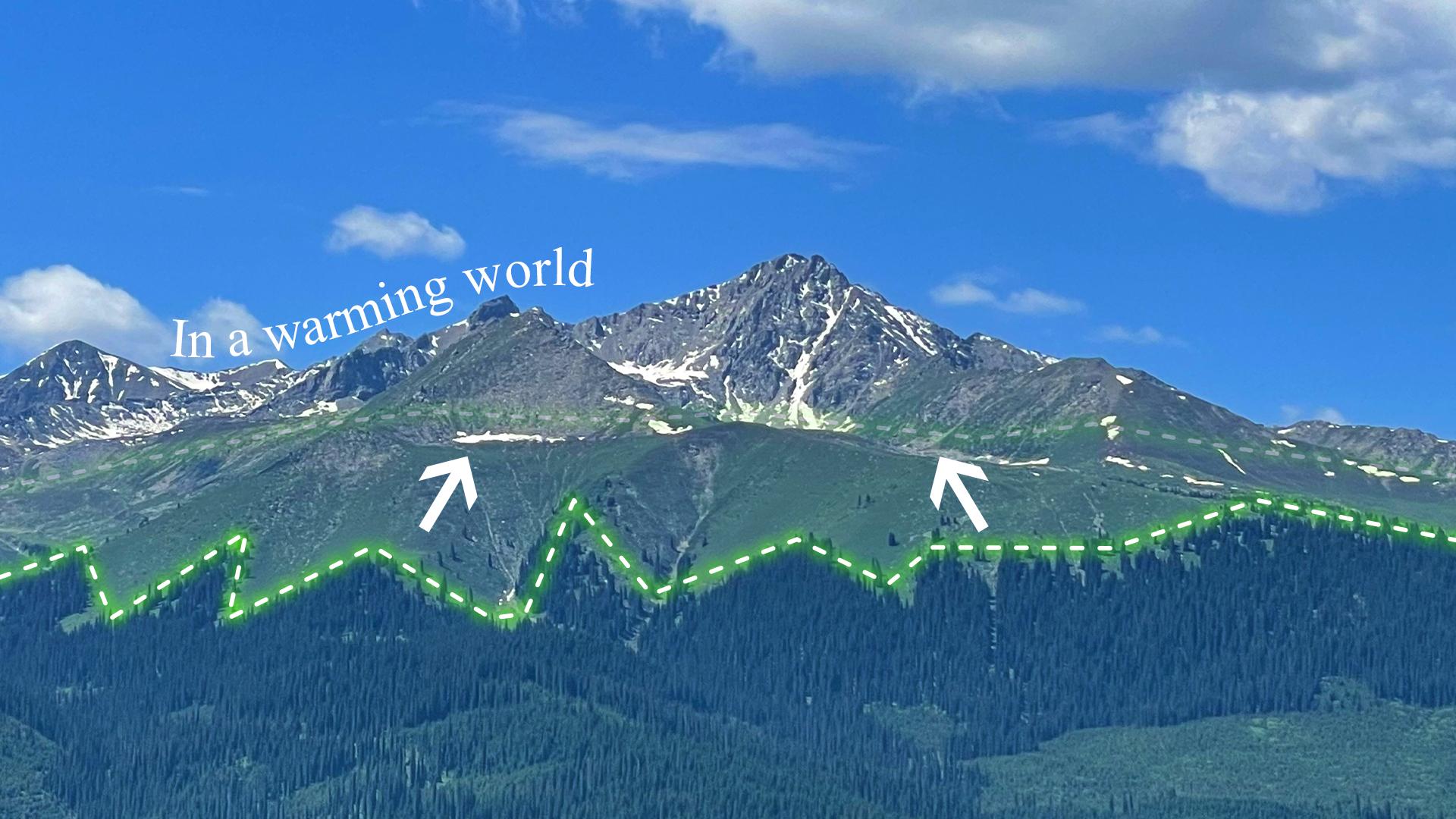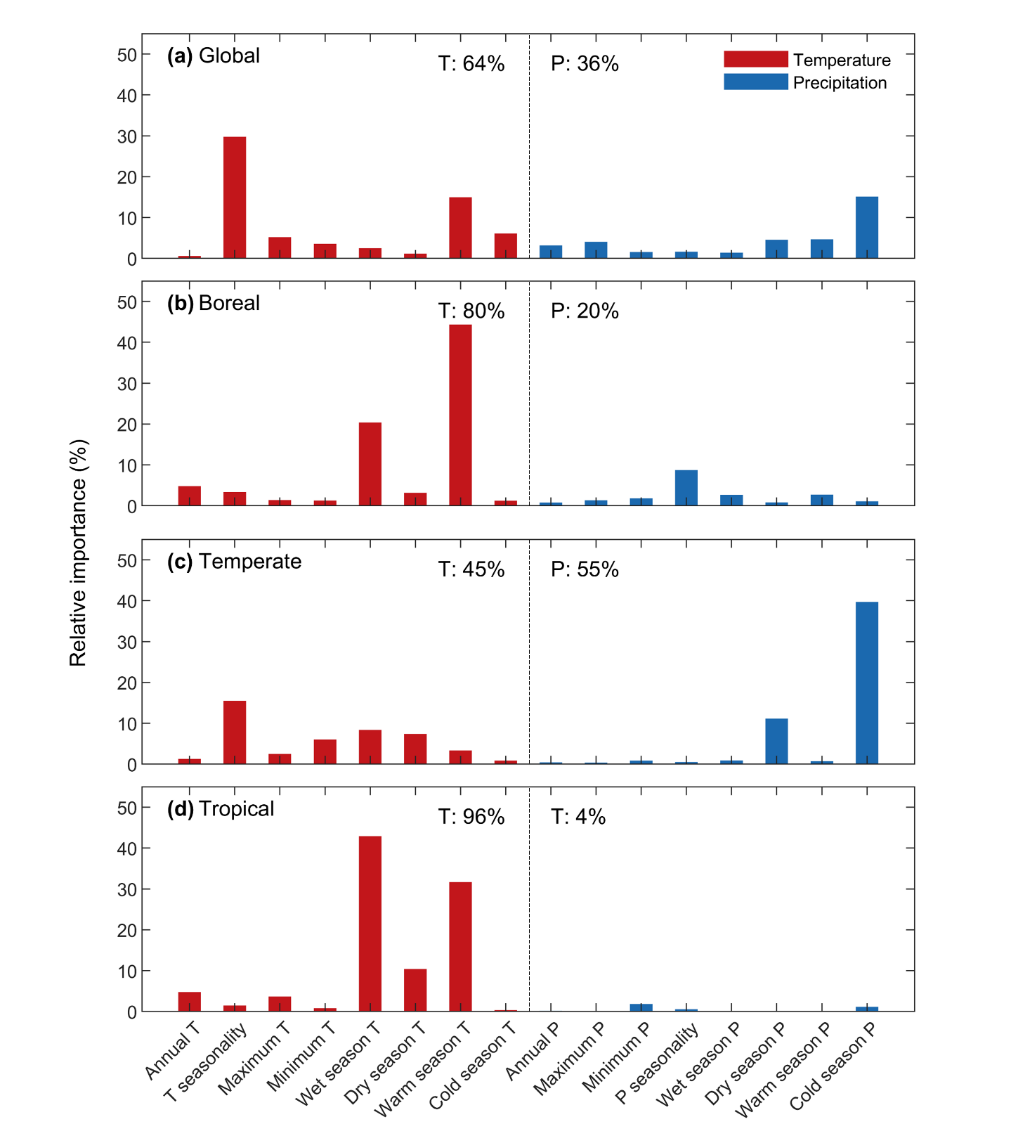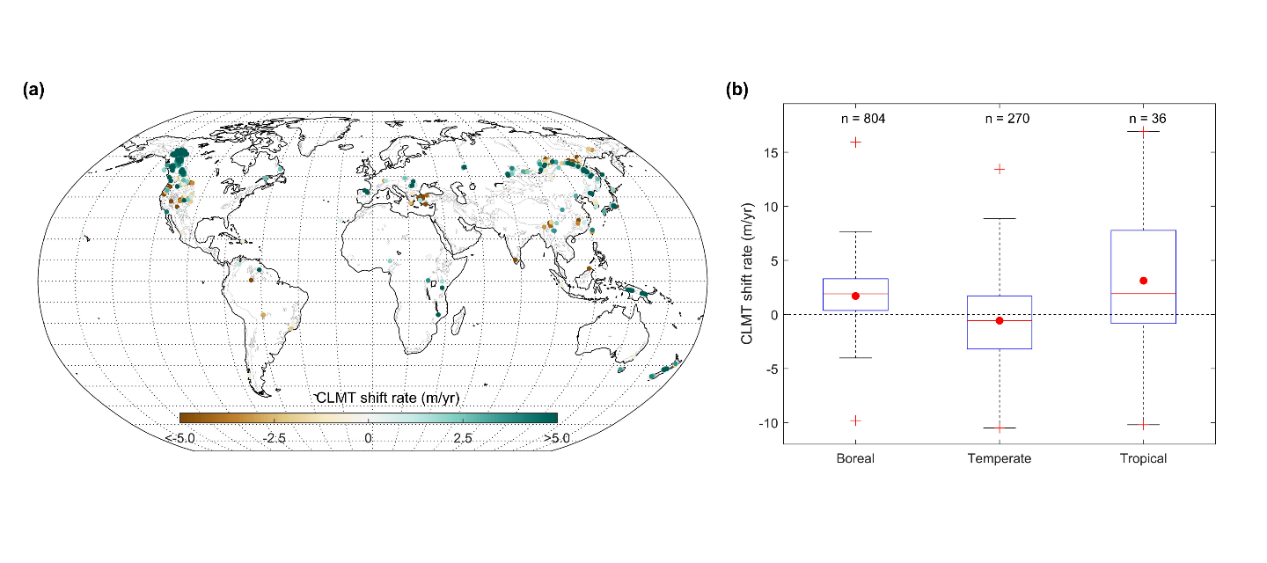Upward shift of mountain treeline due to climate change from global remote sensing-based analysis
Mountain treelines are important indicators of the impact of climate change on upland ecosystems. A new satellite data analysis of global treelines across >240 mountain ranges shows that treelines are shifting upwards due to climate change, which provides further evidence of the impacts of climate change on ecosystems around the world.

Associate Professor Zhenzhong Zeng’s research team from the School of Environmental Science and Engineering at the Southern University of Science and Technology (SUSTech) has recently developed a novel remote sensing-based algorithm to map closed-loop mountain treelines, as a proxy for natural treelines, enabling to identify the impacts of climate and climate change on the treelines.
Their research work, entitled “Global distribution and climatic controls of natural mountain treelines”, has been published in Global Change Biology, a top journal in the field of ecology.
The analysis detected nearly one million kilometres of closed-loop treelines across 243 mountain ranges using data from satellite images. Temperatures were the dominant controls on treeline positions in boreal and tropical regions, whereas rainfall played a key role in temperate zones.

Figure 1. Climate drivers controlling the variability in treeline elevation for the globe (a), boreal (≥50°N, b), temperate (23.5° – 50°N/S, and c) tropical (23.5°N – 23.5°S, d) regions
The research team further found that 70% of treelines have moved upwards over the first decade of the 21st century. Especially, treelines are shifting fastest in the tropics (mean of 3.1 m/year), but with greater variability.
“We found that treelines are moving upwards fastest in regions where temperature is the dominant control of treeline position. In temperate regions where rainfall is more important, treelines are not changing so fast”, the authors said. Treelines are moving up in response to climate change, putting the plants and animals that exist at high altitudes at risk.

Figure 2. Treeline shift rate during 2000-2010
The new global treeline database produced in this study provides a useful tool for biodiversity and carbon assessments, ecological modelling, and analyses of the adaptation of species to future climate change. The authors also emphasized the importance of high-resolution remote sensing products for a longer period and more field data in alpine treeline zones for cross-validation in future studies.
Xinyue He, a joint Ph.D. student of SUSTech and the University of Leeds, is the first author of this paper. Assoc. Prof. Zhenzhong Zeng is the corresponding author. SUSTech is the first correspondent of the paper.
Other researchers that contributed to the project included Ph.D. student Xin Jiang from SUSTech; Prof. Dominick V. Spracklen and Prof. Joseph Holden from the University of Leeds; Prof. Eryuan Liang from the Chinese Academy of Sciences; Prof. Hongyan Liu and Dr. Chongyang Xu from Peking University; Prof. Jianhui Du from Sun Yat-Sen University; Prof. Kai Zhu from the University of Michigan; Dr. Paul R. Elsen from the Wildlife Conservation Society (WCS).
This study was supported by the National Natural Science Foundation of China (NSFC) and SUSTech.
Paper link: http://doi.org/10.1111/gcb.16885
